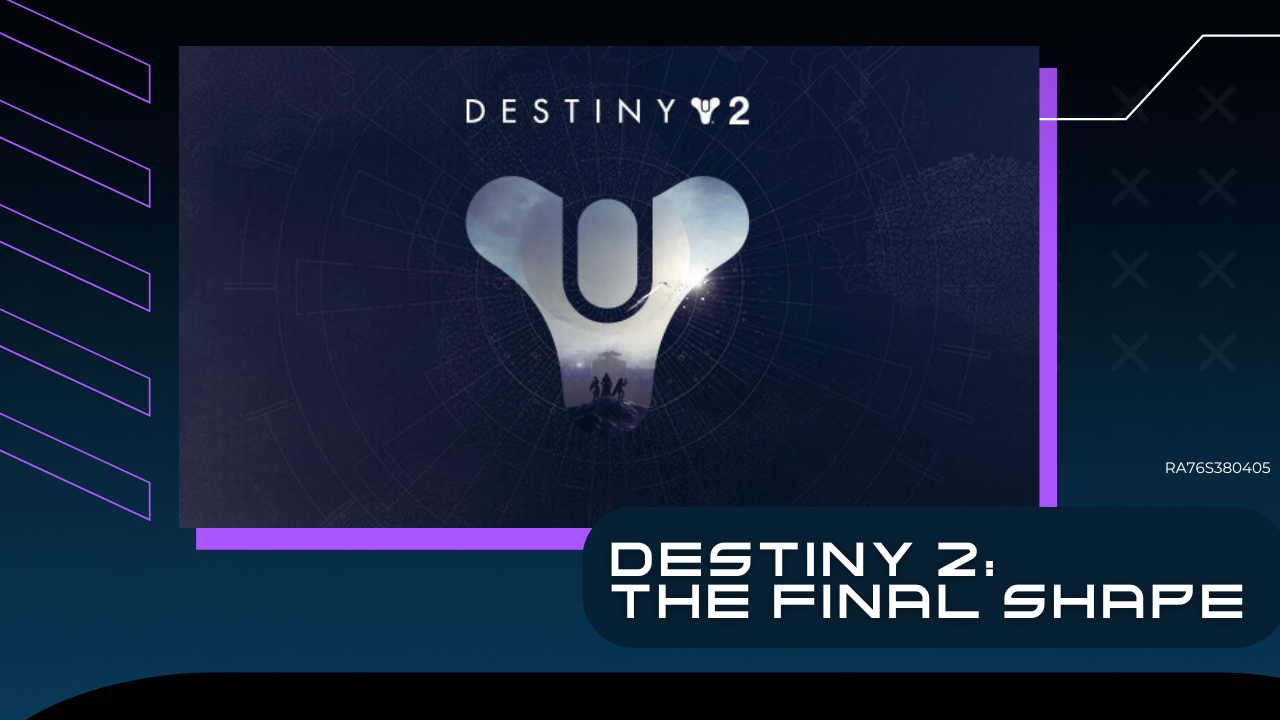Scoring for Different Genres: Unique Approaches to Composing Music
When it comes to composing music for different genres, each one demands a unique approach to effectively capture the essence of the narrative and evoke the desired emotions in the audience. Let's explore how scoring for action, romance, and horror genres differ, and how these distinct approaches can enhance the storytelling experience.
Action: Driving Momentum and Intensity
Action scores are all about energy, pace, and intensity. The music in action films serves to heighten the sense of urgency and excitement, often using rapid tempos, powerful percussion, and dynamic orchestration. Composer like Michael Giacchino is an exemplary composer known for his dynamic and energetic action scores. His work on Mission: Impossible – Ghost Protocol stands out, particularly with the famous track Light the Fuse. This piece exemplifies Giacchino's ability to heighten the sense of urgency and excitement through music, using rapid tempos, powerful brass sections, and intricate orchestration. The track's pulsating rhythms and dynamic structure create a thrilling auditory experience, perfectly complementing the film's fast-paced and intense scenes. Giacchino's scores are masterfully crafted to enhance the emotional and physical stakes of the narratives, making the action sequences even more impactful.
Romance: Capturing Emotion and Connection
In romance films, the score plays a crucial role in conveying the depth of the characters’ emotions and the nuances of their relationships. Romantic scores often feature lush, melodic lines and harmonious orchestration that evoke feelings of love, longing, and intimacy.
James Horner is a renowned composer whose work on romance films perfectly captures the depth of characters' emotions and the nuances of their relationships. For example, his score for Titanic is iconic, particularly the track Rose. This piece features lush, melodic lines and harmonious orchestration that evoke profound feelings of love, longing, and intimacy. The gentle strings and sweeping melodies beautifully underscore the romantic moments between the characters, enhancing the emotional impact of their journey and making the love story even more memorable.
Techniques used in romantic scores include melodic prominence, harmonic warmth, and subtlety. Beautiful, memorable melodies are essential, often carried by instruments like the piano, strings, and woodwinds. Rich harmonies and chord progressions that resolve gently create a sense of warmth and contentment. Additionally, the music often mirrors the ebb and flow of the characters' emotions, with gentle crescendos and diminuendos that reflect their journey.
Horror: Creating Unease and Fear
Horror scores are designed to unsettle the audience and enhance the terrifying elements of the film. The music in horror films often employs dissonance, atonal elements, and unexpected sounds to create an atmosphere of tension and fear. A notable example from Mark Korven's score for The Witch is the track What Went We. This piece effectively uses dissonant strings, eerie sound textures, and unsettling rhythmic patterns to build tension and create a sense of dread. The haunting qualities of the music perfectly complement the film's atmospheric and chilling narrative, intensifying the overall sense of fear and unease.
One of my projects was scoring for BUG, an episode of the sci-fi anthology series A Thousand Suns. The score for this episode combined traditional cello recordings with modular synthesizer manipulations to create a dark and tense atmosphere. This innovative approach helped to reinforce the unsettling and foreboding tone of the narrative.
Dissonance and atonality are frequently employed to create a sense of unease, with unresolved harmonies and atonal clusters deliberately used to disturb the listener. Instruments may play notes that are off-key to amplify this effect. Additionally, sound design elements play a crucial role, incorporating non-traditional sounds such as creaking doors, whispering voices, or ambient noises to enhance the eerie atmosphere. Strategic use of silence or sparse instrumentation also heightens tension, making the audience more susceptible to sudden scares and intensifying the overall sense of fear.
Conclusion
Scoring for different genres requires a deep understanding of the emotional and narrative needs specific to each type of story. Whether it’s the high-octane rush of an action scene, the heartfelt swell of a romantic moment, or the spine-chilling tension of a horror sequence, the right music can transform a film and elevate its impact.
By tailoring the musical approach to fit the genre, composers can enhance the storytelling experience and create unforgettable cinematic moments.
Sources
Let’s Collaborate!
Need help building the tone for your production? Hit us up – the Rareform Audio team would love to help you create the perfect soundtrack that speaks to your audience and enhances the power of your visual storytelling to new heights!
Rareform Highlights




































